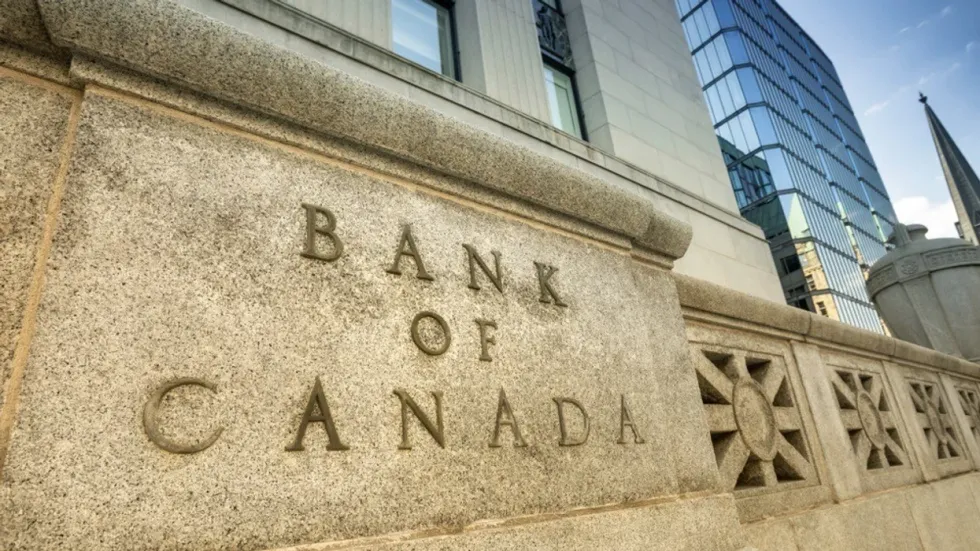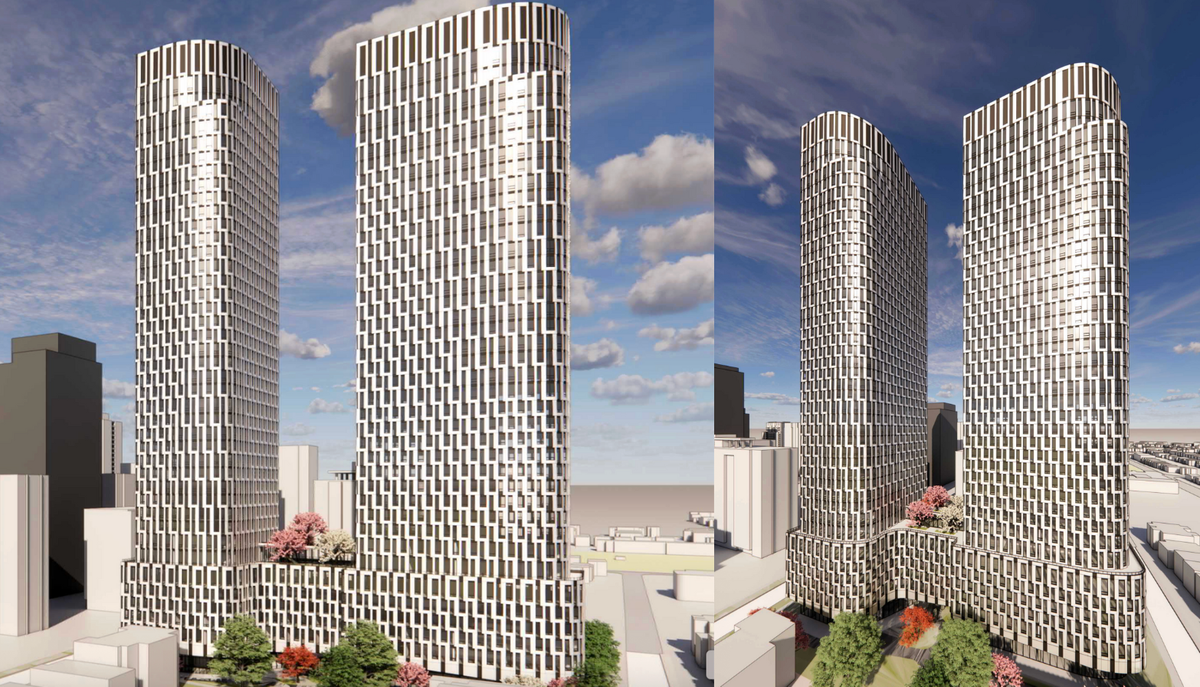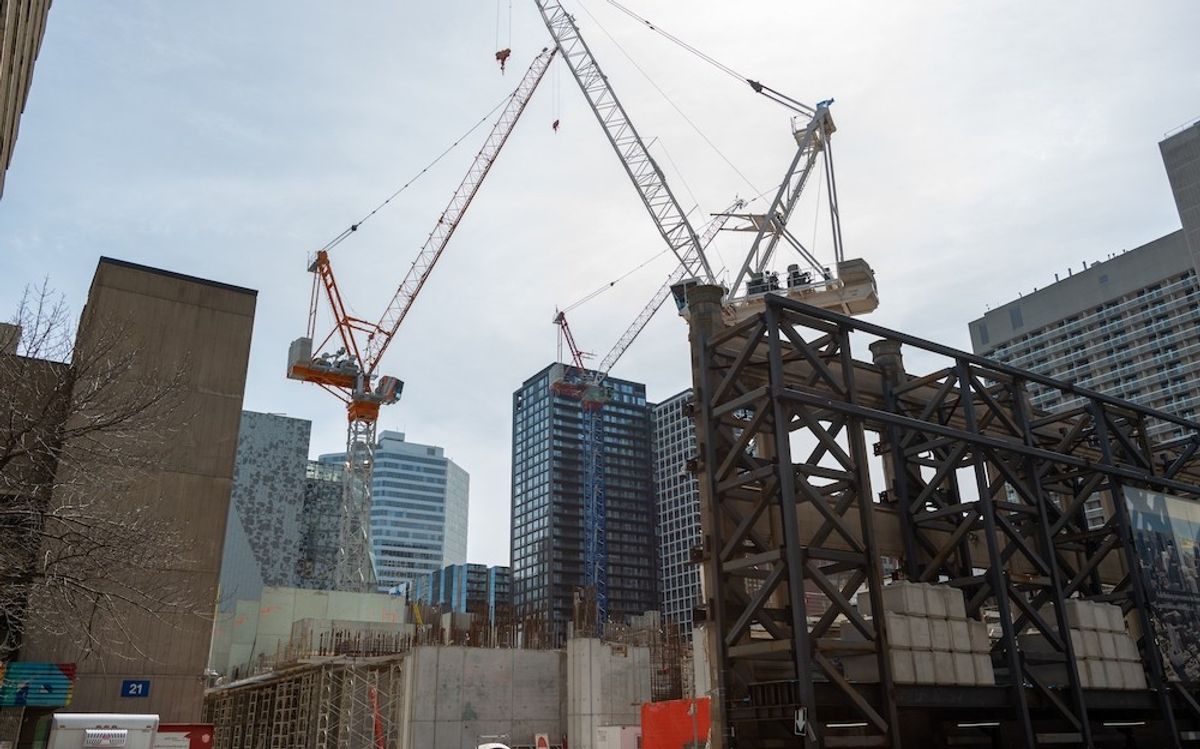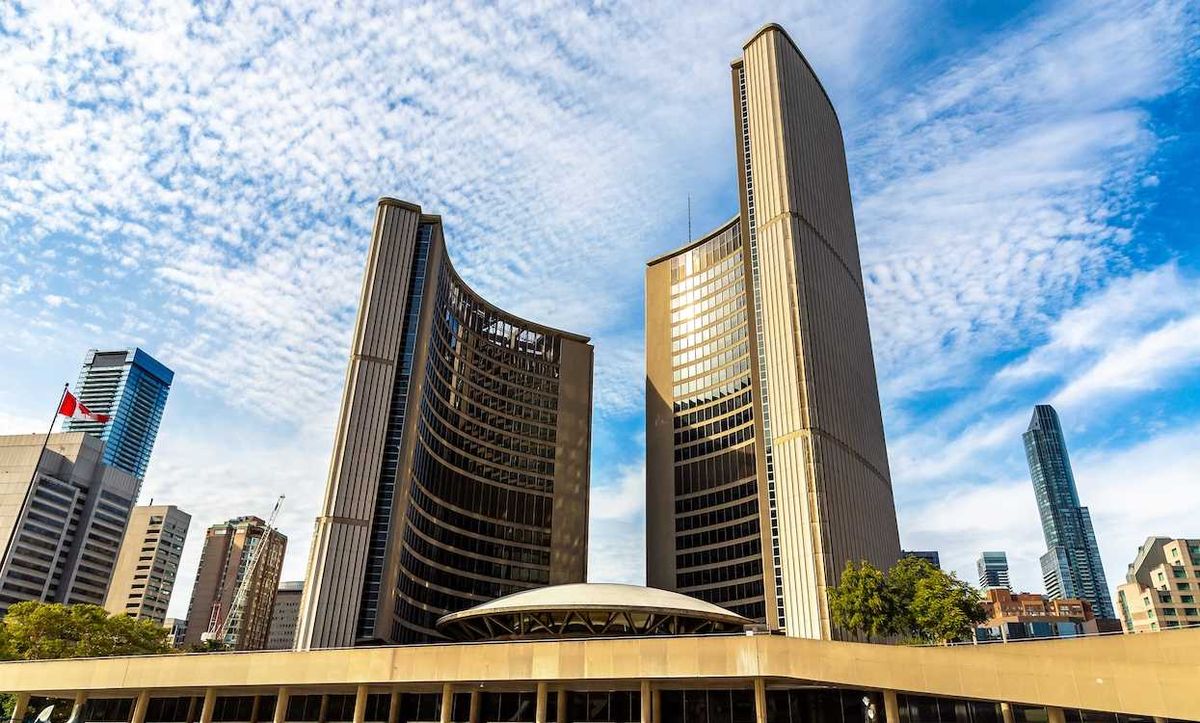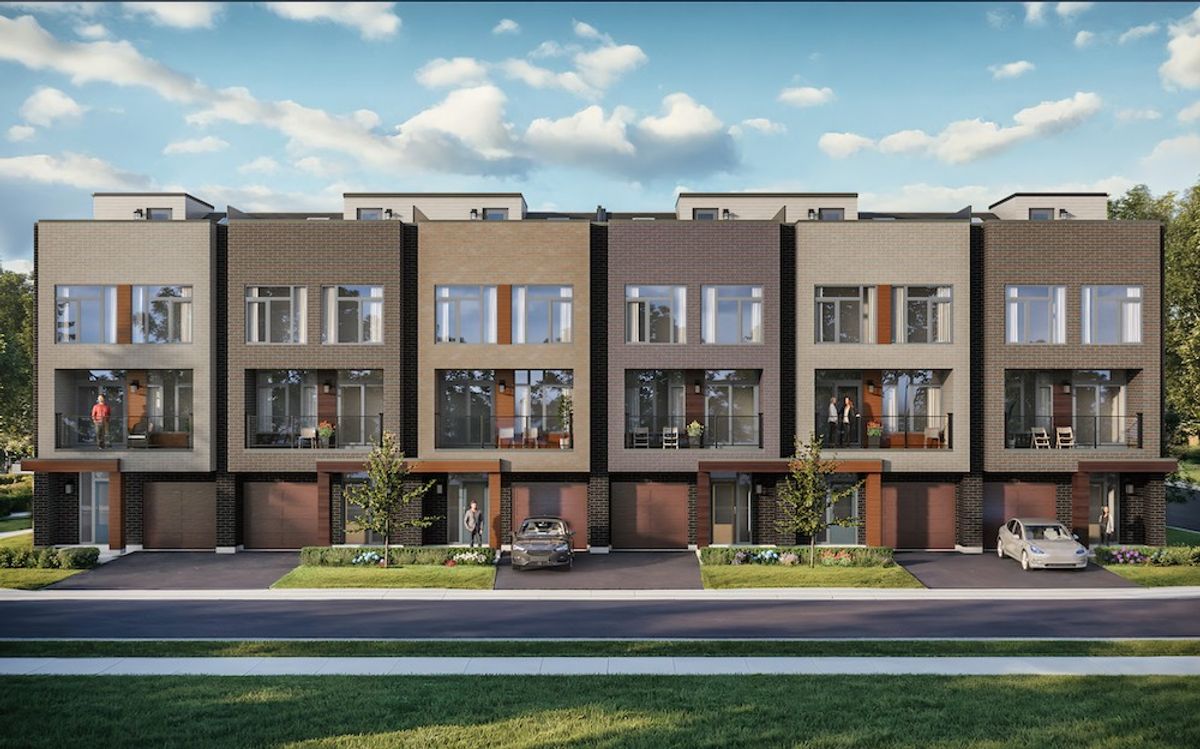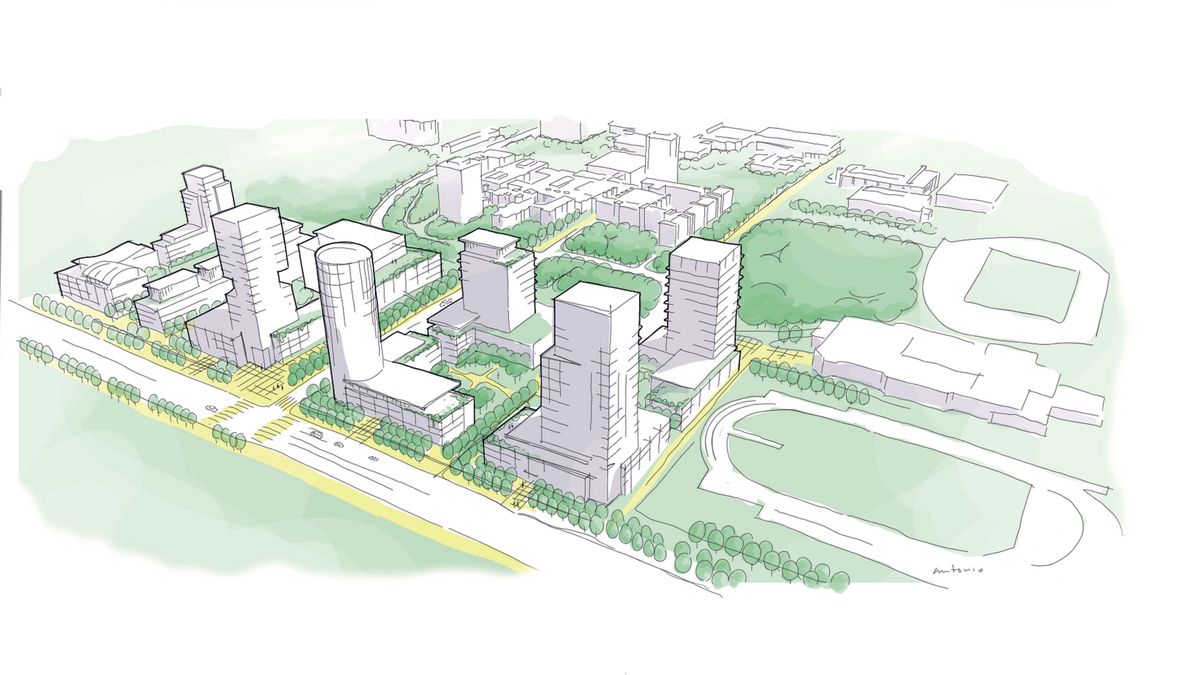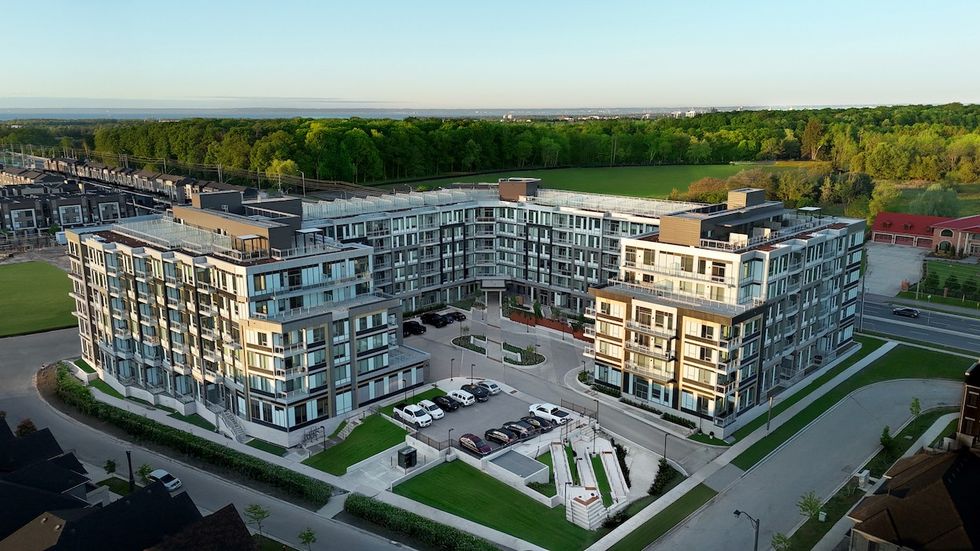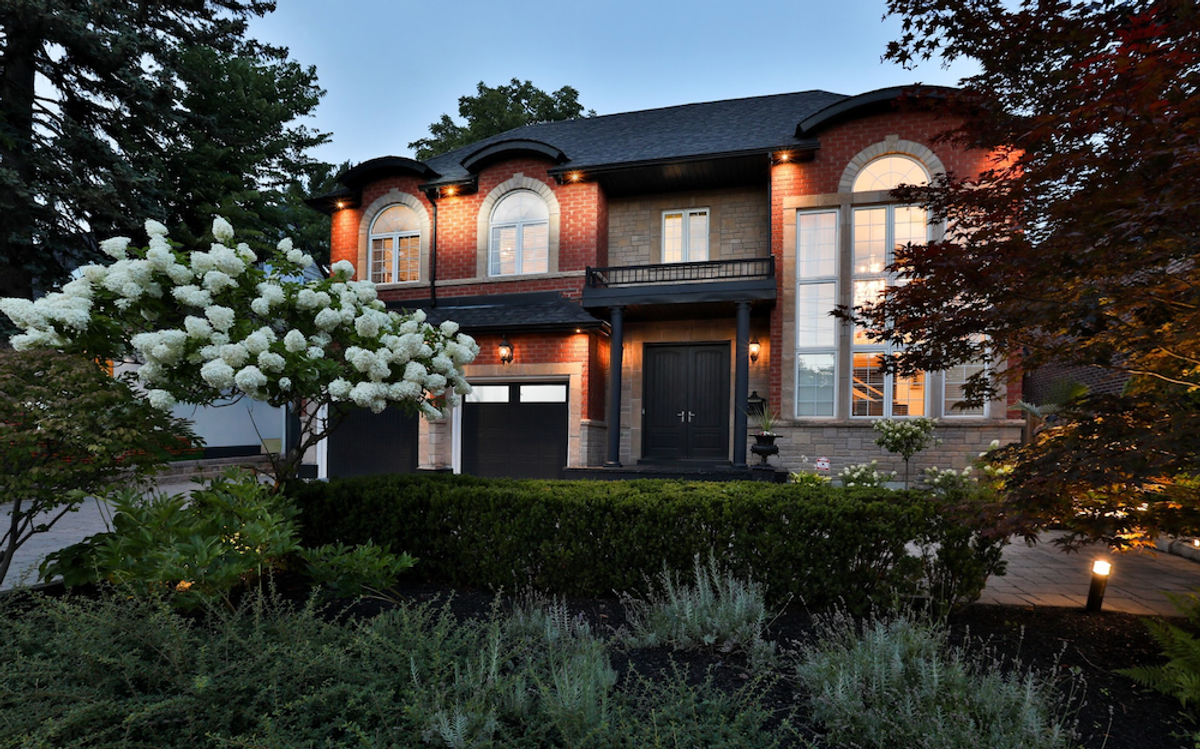The “Great Canadian Dream” of homeownership isn’t what it once was. It’s an increasingly out-of-reach reality for countless young people from coast to coast – many of whom can barely pay their rent and have some semblance of a well-rounded lifestyle. If it sounds dire, it is, frankly. Perhaps this reality is a motivating factor in getting young Canadian adults – and their parents – to the polls.
Housing has arguably become the issue in Canada in the lead-up to the federal election on April 28. The topic has dominated both political discourse and headlines – from talks of immigration and interest rates, to urban sprawl and affordability.
As party leaders and election frontrunners Pierre Poilievre and Mark Carney face-off in a race for Canada’s top political position, both have made substantial promises on the housing front. This includes everything from GST rebates on new homes and building more affordable housing (Carney), to a full GST exemption on new homes and reducing red tape, with density front and centre (Poilievre), and more. Here’s a look at how we got here and why housing matters more than ever to Canadians.
Affordability
Housing prices have climbed throughout the country in the past decade, especially in the infamously pricey Greater Toronto Area (GTA) and Greater Vancouver regions. To put this into perspective, as of 2025, the average income needed to buy a Toronto home was $223,290. That’s not to say that other parts of Canada are immune to price hikes, they’re not – something we saw in effect during the pandemic, especially in response to high levels of interprovincial migration. For example, home prices have also climbed in cities like Halifax, Montreal, and Calgary.
“One word... affordability (or absolute lack thereof),” says BMO Economics’ Chief Economist, Douglas Porter when asked why housing takes centre stage in the upcoming election. “We actually have had horrendous affordability levels before, but both of those were mostly driven by sky-high interest rates – in the early 1980s and early 1990s – which were eventually reversed,” says Porter. “This terrible affordability situation was primarily driven by the 50%+ spike in home prices during the pandemic. Our view is that this was driven by both demand and supply factors, and policymakers need to address both of those sides of the issue to make lasting headway.”
It's no secret that the lack of affordability is at crisis levels. “We have a well-documented housing crisis, as reflected in the ratio of housing costs to incomes,” says Richard Lyall, President of the Residential Construction Council of Ontario (RESCON). “In Ontario, they were historically a 3:1 ratio. With the crisis they have moved to 10:1. Second, housing is an economic need and the most expensive cost someone incurs. A modern liberal economy cannot be built at those costs. Many are left with little or nothing after paying their bills. Housing affects more... such as wellness and health outcomes – both physical and mental. It can affect education and household formation rates.”
Affordability also impacts the rental market, which – despite some recent softening – has seen rent prices climb in the past decade, especially in the pricier markets. Nationally, the average rental price for a one-bedroom apartment has climbed to $2,088.
So, affordability is front and centre in talks of Canada’s housing market. “I think the narrative of why all three parties are pushing forward a very strong housing platform is simply because of the conversation around two things: affordability continues to plague the market,” says Adil Dinani, Principal, Dinani Group – Royal Lepage West. “You have the main metro centres that are trying to provide pricing relief, but simply cannot because of one; streams of red tape through bureaucracy at the municipal level and two; 25% of the cost of delivering a home is attributed to the government fees. So, the Liberal government is talking about finding ways in the next five years to half those fees.”

The Demise Of The 'Great Canadian Dream'
For younger voters, the prospect of homeownership seems further away than ever. Polls show that more young Canadians have given up the dream of homeownership – that is, unless they’re part of the lucky set with generous parents or grandparents.
While housing commentator and mortgage broker Ron Butler cites Donald Trump as the number one federal election issue, he says that – on the housing front – the younger generation is passionately mobilizing. In short, they’re not happy. “Young Canadians feel betrayed by older generations who have done so incredibly well in real estate if they bought before 2015,” says Butler. “Young Canadians feel betrayed by the Trudeau Liberals because they promised a massive increase (3 million homes by 2020). That was a ridiculous lie and – let’s face it – they have a right to feel this way.”
Issues of housing supply and affordability are increasingly impacting the daily lives of Canadians as the crisis continues and expands geographically. “This is especially true of younger Canadians of family formation age, who are the single largest population cohort after the Baby Boom generation, and new Canadians,” says Justin Sherwood, SVP, Communications and Stakeholder Relations at the Building Industry and Land Development Association (BILD). “The industry and its associations like BILD, CHBA and others have spent considerable time and effort explaining and informing the public and governments of what is challenging the market and potential solutions – these two factors are combining to keep the issue front and centre.”
Interest Rates
Interest rates remain a hot topic, despite their recent decline. Following a red-hot real estate run during the pandemic days, the country’s interest rates started to climb. While the benchmark rate sat at 0.25% in March 2022, it then began an upward trajectory and didn’t stop until July 2023, when it reached a 22-year high of 5% (not that anyone needs the reminder). This contributed to everything from cancelled condo launches to softening home prices, and fewer real estate transactions across the country.
Finally, after over two years, in June 2024, the Bank of Canada (BoC) cut its rate by 25 basis points to 4.75%. By March 12 of this year, the central bank cut its overnight rate by 25 basis points to 2.75%. With six more rate announcements scheduled for 2025, many believe several more cuts are on the way. Still, the wound remains fresh.
“I think that consumers have been hurt in the last two and half years when we saw the most significant interest rate escalation in three decades and consumers haven't forgotten when we were in in the crux of it – when rates went up 425 basis points in two years, the consumers had to manage that,” says Dinani. “While rates have come down, people are still hurting. I think also, with some economic uncertainty ahead of us, consumer sentiment is the lowest we've seen since the initial onset of the pandemic. So, I think it's very important to make housing on track and we get some more confidence back in the market.”
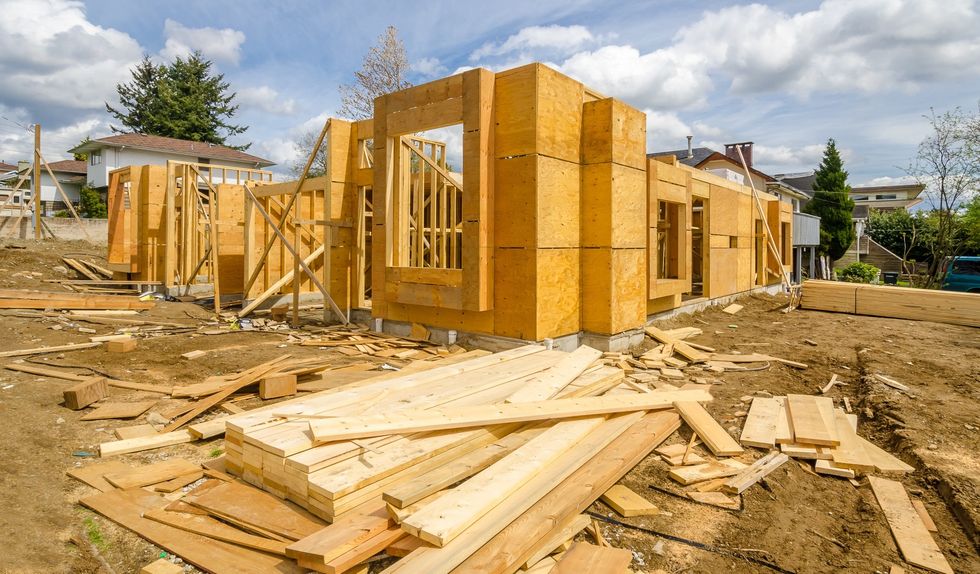
Supply
The reality is that we have a growing population – one that’s outpacing housing supply. While the federal government has tightened some of its immigration policies in recent years, this wasn’t the case for a good chunk of time, when Canada broke immigration records year after year. These recent immigration targets came at the same time that a supply-strapped market had resulted in sky-high housing costs for both the country’s renters and homeowners (and would-be homeowners).
According to Statistics Canada (StatCan), the country’s population increased by 1.27 million people in 2023, up 3.2% from 2022. This marks Canada’s highest population growth since 1957. This followed a national population growth of 5.2% from 2016 to 2021 – a figure largely attributed to widespread immigration. Estimates show that Ontario needed to start 200,000 new homes to keep up with the rate of population growth last year and achieved just 82,000. In 2024, housing starts lagged in Canada's six largest cities.
Last month, Canada Mortgage and Housing Corporation (CMHC) revealed that housing starts dropped 68% in Toronto and 48% in Vancouver in February.
Canada’s embattled homebuilding industry – which has faced a slew of challenges as of late (more on that later) simply can’t build fast enough to meet the demand. This is especially true when it comes to more affordable rental units, of which Canada is starved.

An Aging Population
Canada has an aging population – one that has the country asking where everyone is going to live. While this reality is obviously not a new one, the shortcomings of long-term care homes (LTC) were illuminated for the country to see during the onset of the COVID-19 pandemic. Subsequently, there’s been a notable shift away from LTC homes, with a growing number of Canadians reporting that they’d rather age in place. Either way, seniors’ housing is impacted by federal policy in everything from funding for affordable housing (through initiatives like the National Housing Strategy) to programs that support seniors aging in place.
Tanya Snow, Director of Bria Communities, says that Canada’s housing shortage is complex and has emerged as a pivotal issue in the upcoming federal election – especially when it comes to the country’s oldest residents. “Rising interest rates significantly impact mortgage costs, construction costs, municipal approval processes, while growing demand has exacerbated the housing shortage, limiting new supply and squeezing affordability for many,” says Snow. “These challenges are particularly acute for the aging population, many of whom face difficulties downsizing or accessing suitable housing options.”
The bottom line is that we need more places for Canada’s seniors to call home – now and in the future. “Based on current demographic trends, thousands of senior housing suites will be needed in the next decade to support growing demand – yet new seniors housing construction starts have plummeted by 80% since 2016,” says Snow. “An ever-growing supply shortage in seniors housing also significantly impacts the support of younger generations to come. Municipalities play a crucial role in facilitating new development by reducing red tape and streamlining approval processes."
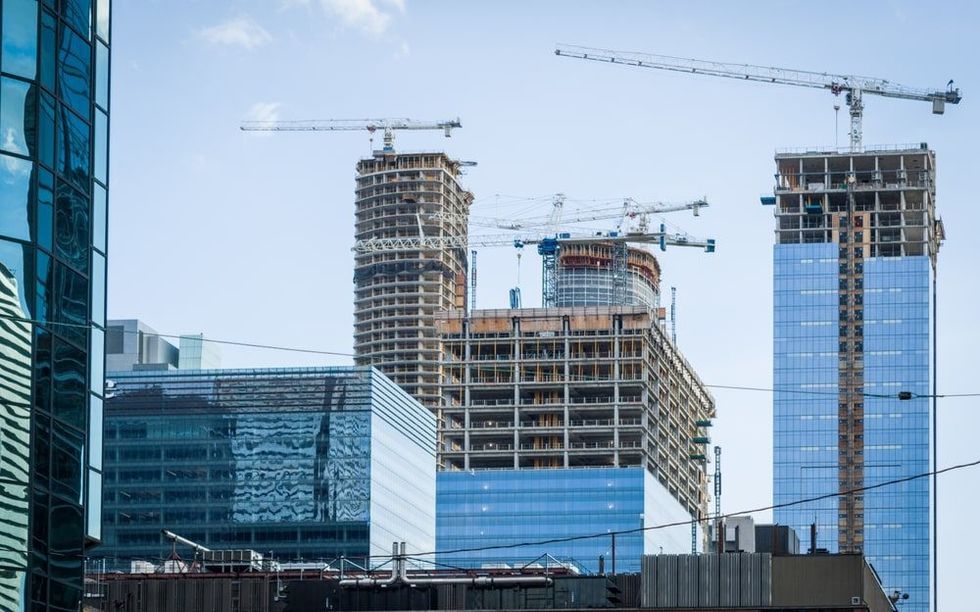
Barriers To Build
It’s no surprise that the pre-construction market has taken a major hit in recent years, thanks to everything from interest rates, to construction costs, labour shortages, and hefty development fees. This has resulted in no shortage of cancelled and paused projects, especially in places like the GTA. Housing starts lagged in Canada's six largest cities in 2024. While a recent CMHC report forecasts increased activity in the resale market this year, the same can’t be said for the new home market. In fact, housing starts are expected to slow in the years ahead, posing challenges for a supply-strapped market.
“Given the cost to build challenge we are seeing in the GTA with its historically level low sales our singular focus, and what we would like to see, are measures that will lower the cost to build in the short term and measures that will help to stimulate sales to jump start construction,” says Sherwood. “This is why BILD is calling for the elimination of HST on all new homes at a price level suitable for the GTA, short term relief from development costs – which is a municipal issue, but the federal government has a role to play in helping to support municipalities with infrastructure, and longer term the need to overhaul the development charges system in Ontario, given its impacts on housing supply and affordability.”
Meanwhile, Lyall points to market-based housing, which is 90% of the total, and its "egregious regressive taxation" of 36% of the total cost. "We need to cut the regulatory red tape and excessive bureaucratic procedural measures," he says. "The typically unaligned 45 different government bodies and three levels of government doesn't work. Time is money and delays kill productivity and jack up costs. Investment needs to be encouraged through once successful programs which drove the apartment building boom of the '60s and '70s. Finally, governments need to focus on social housing through rent-geared-to-income programs and helping nonprofit housing development. Government land needs to be opened up to bring land costs down."
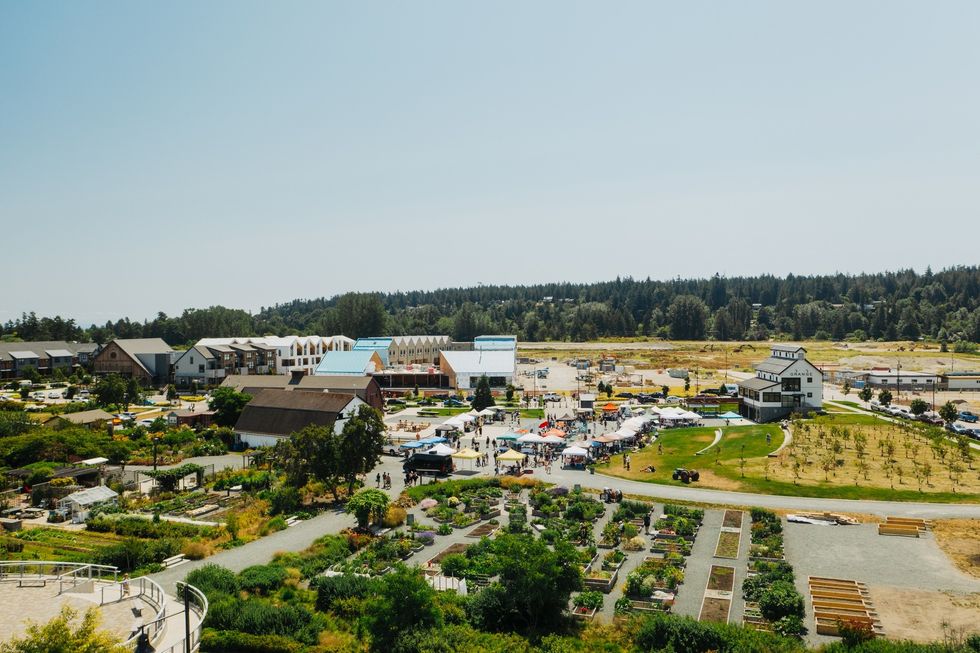
Urban Sprawl
Urban sprawl – the outward expansion of cities – remains a concern, especially among those passionate about the environment. In Ontario, the Greenbelt controversy is a prime example of such concerns. Urban sprawl – as opposed to smart density (moderately compact, connected, and well-rounded communities) within existing cities – is associated with everything from environmental degradation and habitat loss to increased reliance on vehicles.
Toronto-based urban planner and architect Naama Blonder is an avid proponent of a largely car-free urban core and the practice of smart density and inclusive neighbourhoods. “You see Poilievre say, ‘Canada has so much land, why do we have a housing crisis?’,” says Blonder. “It’s disappointing that our leaders still think that way; that we have so much land, so we need to build new infrastructure and single-family subdivisions on it. How are we still there in 2025?” That’s not to say she thinks the Liberals are offering any better solutions. “I also think of Carney's big promise of building half a million houses by the government – we’ve been made these promises before,” says Blonder. “It’s kind of tiring that we face the same big promises every election.”
While Blonder acknowledges that housing remains a “huge issue” in the upcoming federal election, she says that it's been “pushed aside and not talked about as much as it should be,” thanks to the ever-changing drama brought forth by Donald Trump. And what is being discussed doesn’t exactly impress her – by any party.
The solution? Make housing less political, says Blonder. “We’re in this crisis because housing is political,” she says. “We have councillors in every municipality and vocal residents who don’t want to see change, who are politically influencing decision makers. If politicians wanted to do something meaningful for housing on the federal level, they should make housing less political on the municipal level.”
In the meantime, all eyes will be on the polls on April 28 when Canadians cast their votes for their favourite candidate – and the housing promises they bring with them.


